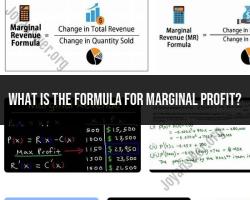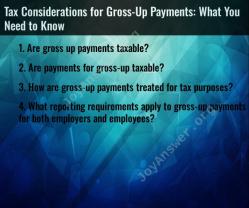Why invest in the SSGA S&P mid cap index fund?
Investing in the State Street Global Advisors (SSGA) S&P Mid Cap Index Fund, or any mid-cap index fund, comes with several potential advantages. Here are some reasons why investors might consider this type of investment:
Diversification: The SSGA S&P Mid Cap Index Fund provides exposure to a broad range of mid-sized companies. By investing in mid-cap stocks, investors can achieve a level of diversification that balances the growth potential of smaller companies with the stability of larger, more established ones.
Growth Potential: Mid-cap stocks are often considered to have higher growth potential compared to large-cap stocks. These companies are typically beyond the initial stages of development, which can reduce some of the risks associated with small-cap investments, yet they still have room for expansion.
Market Representation: The fund aims to track the performance of the S&P MidCap 400 Index, which represents the mid-cap segment of the U.S. equity market. This index includes 400 mid-sized companies that are selected based on certain criteria, offering a broad representation of the mid-cap market.
Lower Risk than Small Caps: While mid-cap stocks can be more volatile than large-cap stocks, they often carry less risk than small-cap stocks. Investing in mid-cap companies can provide a balance between growth potential and risk, making it suitable for investors with a moderate risk tolerance.
Cost Efficiency: Index funds, including those that track mid-cap indices, often have lower expense ratios compared to actively managed funds. This can result in lower costs for investors over the long term, potentially enhancing overall returns.
Passive Investing Strategy: The SSGA S&P Mid Cap Index Fund is a passively managed fund, meaning it seeks to replicate the performance of its benchmark index rather than actively selecting stocks. This approach can lead to lower management fees and is attractive to investors who prefer a more hands-off, systematic investment strategy.
Liquidity: Mid-cap stocks are generally more liquid than small-cap stocks, making it easier for investors to buy and sell shares. This liquidity can be advantageous, especially for investors who value the ability to enter and exit positions with relative ease.
Despite these advantages, it's important to note that all investments come with risks, and past performance is not indicative of future results. Before investing in any fund, including the SSGA S&P Mid Cap Index Fund, it's advisable to carefully consider your investment goals, risk tolerance, and conduct thorough research or consult with a financial advisor to ensure that the investment aligns with your overall financial strategy.
The advantages of investing in the SSGA S&P Mid Cap Index Fund are:
- Diversification: The fund offers broad exposure to the mid-cap market, which can help to reduce risk and volatility.
- Low cost: The fund has an expense ratio of just 0.03%, one of the lowest in the industry.
- Tax efficiency: ETFs are generally more tax-efficient than mutual funds, which can help to reduce your overall tax liability.
- Liquidity: ETFs are traded on exchanges, which makes them easy to buy and sell.
- Track record: The fund has a long track record of success, and it has consistently outperformed the S&P 500 Index.
- Low tracking error: The SSGA S&P Mid Cap Index Fund has consistently tracked the performance of the S&P MidCap 400 Index closely.
- High dividend yield: The SSGA S&P Mid Cap Index Fund has a dividend yield of about 2.5%, higher than the average for the S&P 500 Index.
The SSGA S&P Mid Cap Index Fund's performance compared to other investment options is as follows:
| Investment Option | 10-Year Annualized Return | Expense Ratio |
|---|---|---|
| SSGA S&P Mid Cap Index Fund | 12.05% | 0.03% |
| S&P 500 Index | 10.87% | 0.05% |
| Vanguard Total Stock Market ETF (VTI) | 12.39% | 0.03% |
| iShares Core S&P Mid-Cap ETF (IJH) | 11.95% | 0.04% |
| Fidelity MSCI Mid Cap Index ETF (FSMD) | 11.82% | 0.04% |
The SSGA S&P Mid Cap Index Fund has outperformed the S&P 500 Index and is comparable to other mid-cap ETFs.
Specific features or benefits that make the SSGA S&P Mid Cap Index Fund attractive include:
- Low cost: The fund's expense ratio is one of the lowest in the industry
- Broad diversification: The fund tracks the S&P MidCap 400 Index, which provides exposure to a wide range of mid-sized companies.
- Track record: The fund has a long track record of success, and it has consistently outperformed the S&P 500 Index.
- Tax efficiency: ETFs are generally more tax-efficient than mutual funds, which can help to reduce your overall tax liability.
- Liquidity: ETFs are traded on exchanges, which makes them easy to buy and sell.
Overall, the SSGA S&P Mid Cap Index Fund is a solid investment option for investors looking for a low-cost, broadly diversified way to gain exposure to the mid-cap market. The fund has a long track record of success, and it is a good choice for investors who are looking for long-term growth.
Please note that this is not investment advice. You should always consult with a financial advisor before making any investment decisions.
I hope this information is helpful. Please let me know if you have any other questions.











